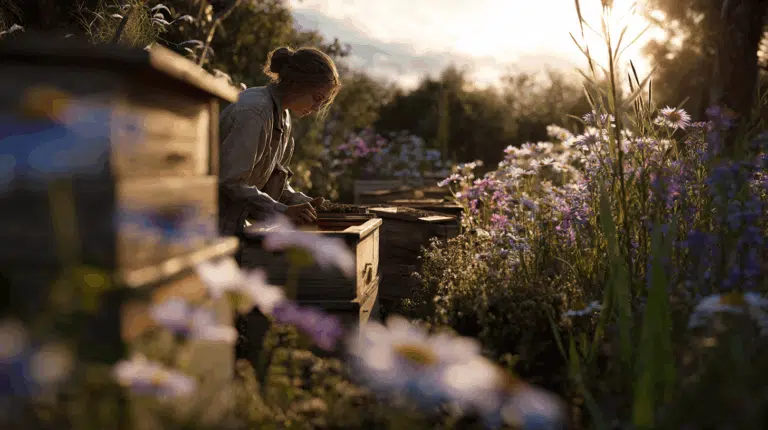Spring onion, also known as scallion, is a mild, crunchy vegetable with both the white and green parts that are edible. It's often used as a milder onion, fresh in salads or lightly sautéed.
Want to enrich your vegetable garden with unique, colorful, and flavorful onions ? At EasySeeds.eu, you'll find a carefully selected assortment of diverse onion seeds , perfect for gardeners who want to grow something special. These onion varieties are distinguished by their unique colors, shapes, and flavors , giving your vegetable garden not only a diverse appearance but also a culinary delight.
Non-standard onions are popular for their unique appearance, aromatic flavor, and versatile uses . By choosing specialty onion seeds , you benefit from:
Unique harvest: colorful onions such as red, purple, striped or yellow varieties, which stand out in the garden and in dishes.
Flavorful onions: from mild and sweet to spicy and aromatic, perfect for salads, stews, casseroles, and pickling.
Healthy vegetables: rich in vitamins, minerals and antioxidants , such as vitamin C, potassium and quercetin, a natural booster for your health.
Versatility in the kitchen: suitable for raw use, cooking, baking, grilling or pickling, giving your meals an extra dimension of flavour.
Our diverse onion seeds are carefully selected for quality, germination rate, and yield . EasySeeds.eu offers clear sowing and growing instructions, so you can easily achieve a successful harvest. Many of our seeds are organic or unprocessed , so you can enjoy pure, healthy vegetables straight from your own garden.
At EasySeeds.eu you will find a wide range of non-standard onion varieties, including:
Red onions: aromatic and slightly spicy, ideal for salads and garnish.
Purple and striped onions: a unique color, beautiful in the garden and on the plate.
Sweet onions: mild flavour, perfect for raw cooking and delicate dishes.
Special late and early varieties: suitable for both summer and winter harvests, so you can enjoy special onions all season long.
Each variety has been selected for ease of growing, high yield and excellent flavour , so you can get the most out of your vegetable garden.
Enrich your vegetable garden with a variety of (non-standard) onion seeds from EasySeeds.eu and enjoy a harvest full of unique, flavorful, and healthy onions . Order your seeds easily online today and experience the joy of growing unique onions in your own garden . With EasySeeds.eu, you'll not only grow delicious vegetables but also a vegetable garden full of color, diversity, and success .

Spring onions, or scallions, are closely related to the common onion. They don't form a large bulb, but develop a long, white shaft with hollow, green leaves. They have a mild, fresh flavor and can be eaten both raw and cooked.
The terms spring onions or scallions are often used interchangeably. Generally, they refer to the same group of onion varieties that don't form a large bulb. Spring onion is more common in Europe, while bunching onion is often used in English, particularly for varieties that grow in bunches.
Some varieties of spring onions are winter-hardy and return annually. This makes them a good perennial option for the vegetable garden. Others are often grown as annuals.
For a continuous harvest, you can sow a new crop every few weeks from early spring to late summer (succession planting). Hardy varieties can be sown in late summer or early fall for a spring harvest.
You can sow spring onions or bunching onions directly in the ground from March onwards, provided the soil is workable. Sowing in trays or modules and transplanting later is also possible and often gives you a head start.
They thrive in fertile, well-drained soil. Add some compost to improve the soil structure.
Sow the seeds about 0.5 to 1 cm deep.
Sow them in rows with 15 cm between rows. You don't need to thin the plants; you can also sow them in clusters.
Yes, especially against the onion fly. Use insect screens to prevent the fly from laying eggs on the young plants. Prevent
fungal diseases and ensure sufficient distance between plants and good air circulation. Avoid getting water on the leaves.